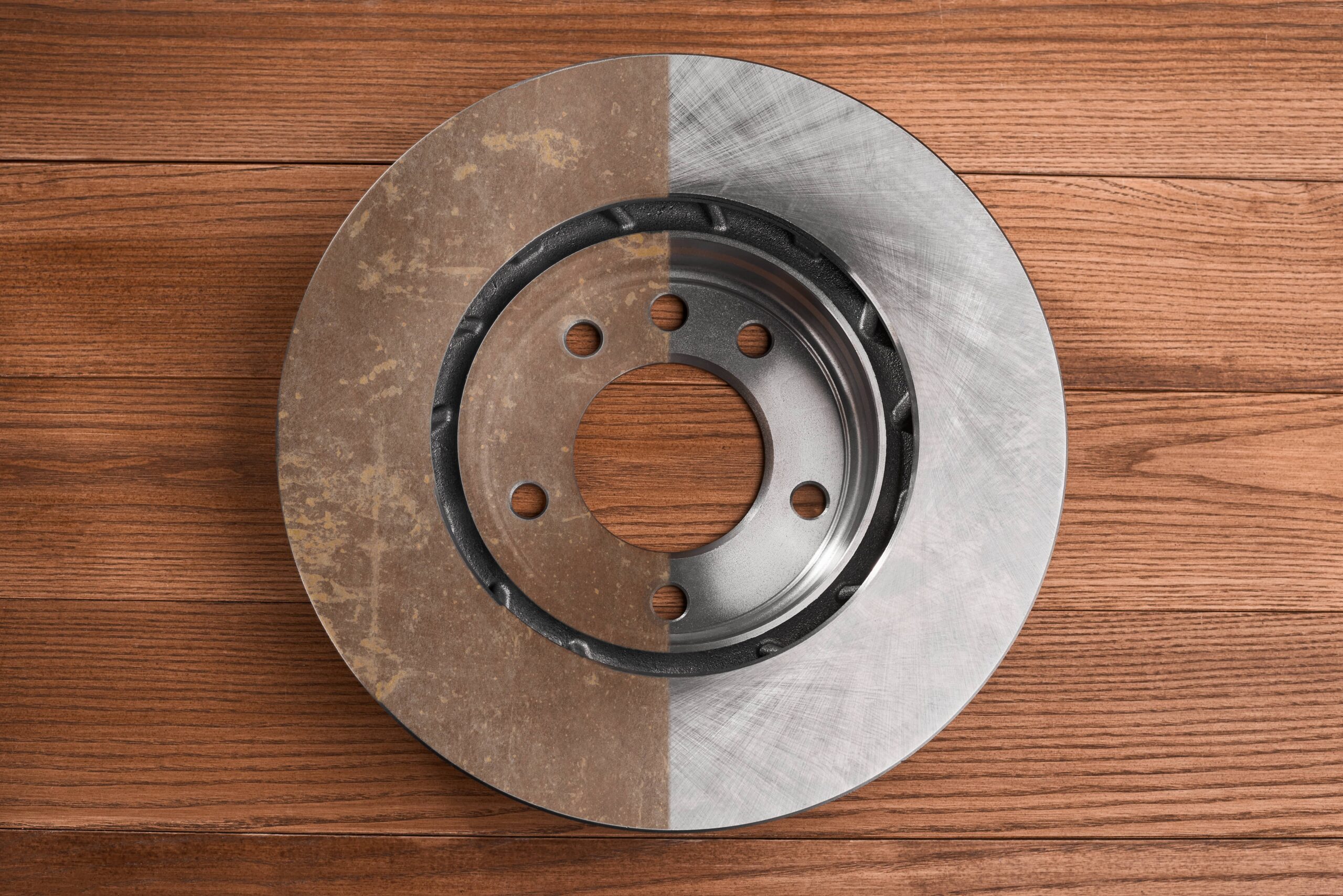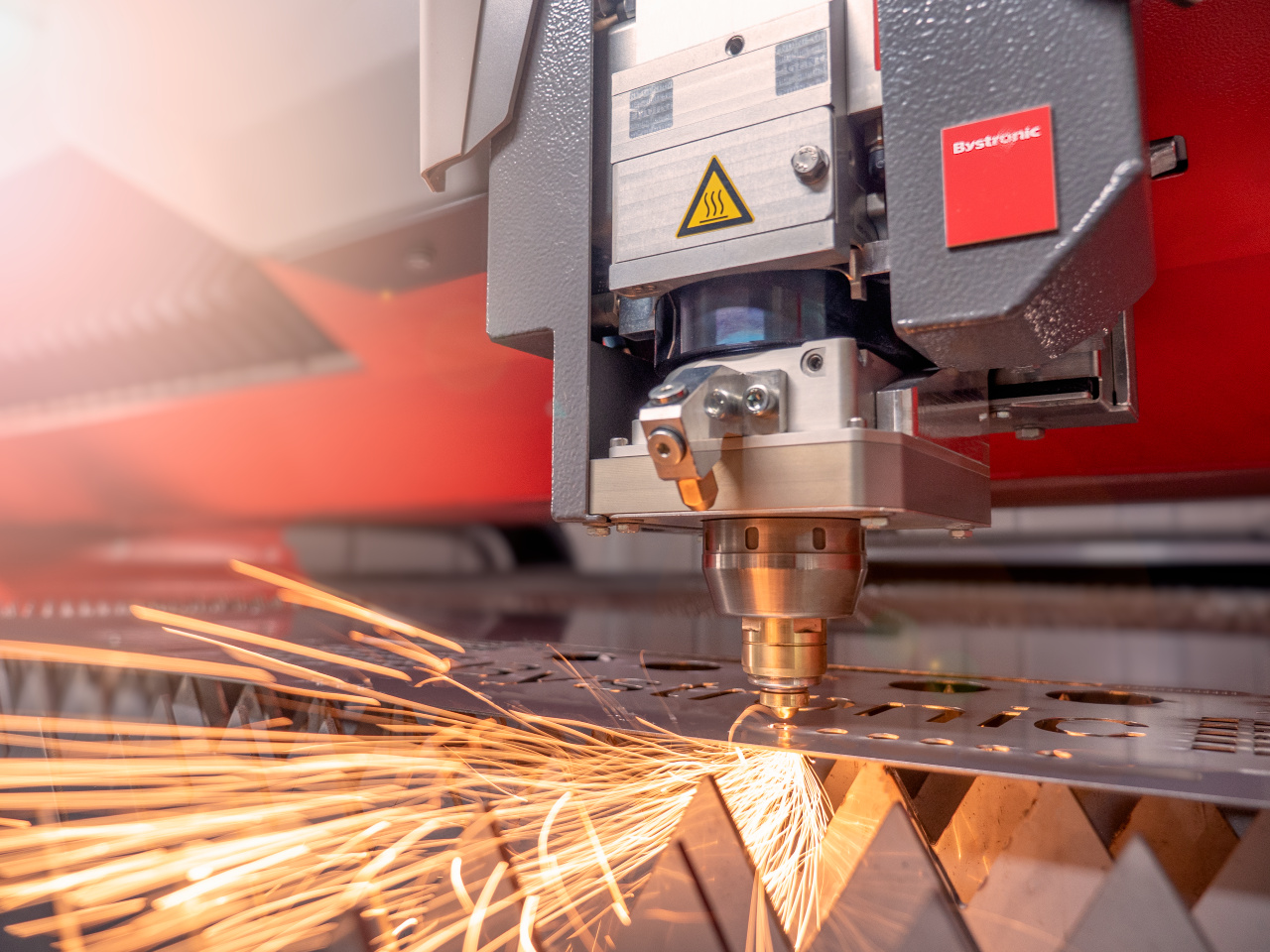What Is CNC Punching?
Has your curiosity been piqued by CNC punching? Perhaps you have only recently heard of this metal fabrication process for the first time, and want to understand it better.
Alternatively, you might have heard about CNC punching before but are unsure what its practical applications and advantages are for your business. We explore all of that here.
Since starting out in Huddersfield more than five decades ago, we have established Salamander Fabrications as sheet metal fabrication experts — and one of the UK’s most trusted choices for welding.
Our services also include powder coating and electro mechanical assembly. As a trusted source of information on metal fabrication, we have prepared the following guide to everything you need to know about CNC punching.
What Exactly Is CNC Punching?
CNC punching is essentially a sheet metal manufacturing process undertaken with the use of CNC punch presses. These CNC machines can be sorted into the following two broad categories, depending on the unit’s design:
- Single head and tool rail
- Multi-tool turret
The ‘CNC’ stands for ‘computer numerically controlled’. This refers to how software is used for programming the punch press to appropriately position a metal sheet in preparation for punching a hole or form into it.
In tailoring how you set up the machine, you can enable it to punch shapes of your choosing and so help you create simple or complex sheet metal parts.
Benefits of CNC Punching
With a CNC punching machine, designs and any materials you need to produce the parts you require, you can harness the following benefits:
- A high level of customisation: In programming the machine, you can ensure it uses precise coordinates to punch the specific shape you need.
- Time efficiency: The above coordinates can constitute a ‘template’ for use in speedily producing multiple copies of the same piece.
- The ability to create pieces in many different forms: These include beads, louvres and countersinks — none of which a laser cutter could produce.
- Reduced waste: The precision with which a CNC machine cuts out shapes means that more of them can be fashioned from a single sheet.
CNC Punching Glossary to Get You Started
As you get started with CNC Punching you’ll notice that there is a lot of specialist language to take on board. For this reason, we’ve put together an easily digestible glossary of terms used around CNC punching.
CNC Punch Press
A specialist type of electromechanical device that securely holds a sheet of material while punching holes or forms into it. The desired design is programmed into the machine beforehand.
CNC Program
A digital set of instructions fed into a CNC machine to direct it to construct a component of the required design. The CNC program can be provided in either a 2D (DXF or DWG) or 3D (Computer-Aided Design, or CAD) file format.
Cluster Tool
A tool that can be affixed to a CNC machine to enable it to punch many more holes in one go. A cluster tool can come with multiple separate punches allowing thousands of holes to be punched each minute.
CNC Engraving
Engraving carried out with a CNC punch press. The engraving design can be programmed into the machine beforehand. This allows — for example — names and numbers to be engraved on individual products and components.
Types of CNC Punches
There are many different types of CNC punch press, and which of them you ought to use will depend on the demands of the project at hand.
Here is a short guide to some of the most popular CNC punches you may encounter and their intended purposes:
Single Head Punching Machines
You might have often seen these described as having a ‘single head and tool rail’ design.
With these CNC punch presses, just one tool is inserted into the punching head at a time. Meaning that the tool can be fully rotated while in place.
Multi-Head Punching Machines
Otherwise referred to as ‘multi-tool’ or ‘mould’ CNC machines, these hold multiple tools simultaneously, with each one kept in a set position in a circular turret.
As this type of CNC punch press is capable of holding three to four rotational tools, along with dozens of additional tools, you would be able to quickly produce large numbers of holes and forms in a wide range of shapes.
Hydraulic Punch Heads
A hydraulic CNC punch press functions by using a pump to run liquid through a hydraulic pipeline and into the machine’s cylinder or piston. The hydraulic system regulates the degree of pressure exerted on the cutting tools.
Complex Contour Tool Rail Systems
CNC punch presses can be relied upon for contour cutting where intricate shapes are cut out of materials including foam and rubber.
Perfect CNC Turrets for Complex and Rotation Axis Tasks
CNC machines in this category can combine a hydraulic punching head with a rotation axis for any tools you wish to secure to the punch press.
Materials Suitable for CNC Punching
CNC punching is an ideal sheet metal manufacturing process for thin sheet metals, as well as other materials of similar thickness. As a CNC punch press can typically machine thicknesses from 0.5mm to 6mm, any material in this range can usually be CNC punched.
That leaves you with many different options when it comes to compatible materials. Naturally, though, these will still vary in their strengths and weaknesses and, as a result, which applications they can be best used for.
Here are several examples of materials you could consider incorporating into CNC creations, such as for different types of health and safety careers.
Stainless Steel
With its impressive strength, corrosion resistance and ease of maintenance, stainless steel is often used in medical settings. For instance, as for handrails and wheelchairs.
It is also used for sterilisable surgical instruments, as it will not corrode in extreme temperatures.
Aluminium Alloys
One such example is aluminised steel, which combines aluminium with carbon steel. This provides the former’s corrosion resistance and the latter’s high strength in one single alloy.
Aluminised steel has long been used for manufacturing kitchen appliances, due to their need to withstand high temperatures.
Brass and Copper Alloys
Brass combines copper and zinc — and those constituent parts’ proportions can be altered to affect the overall alloy’s exact properties.
This helps to explain the sheer versatility of brass — which, being softer than many other materials, is also easier than them to puncture.
Other Metals and Alloys
Titanium has a high strength-to-weight ratio and is often chosen for the production of construction elements.
CNC punching may also be used on high-strength steel that, comprising steel and other elements like copper, carbon and manganese, is well-suited to military armour plates.
LED Panels
LED panels can — due to their perforated features — be made especially quickly with CNC machines using cluster tools that punch multiple grid holes simultaneously.
Planning a Metal Fabrication Project? Salamander Fabrications Can Help
We have honed our expertise in many different metal fabrication techniques — including custom laser cutting and metal folding — for clients from various sectors, among them retail, leisure, transportation and the food industry.
Salamander Fabrications are able to professionally complete a wide range of sheet metal work for your UK company’s benefit. Our metal fabrication services are available to commercial clients nationwide.
Why Clients Choose Us
Over the years and decades, we have been able to continually grow our company on the back of customer service delivered to a consistently high standard. Here are several reasons why clients keep turning to Salamander Fabrications:
- We’ve got a reputation in the industry: Our dedication to getting everything right the first time when working with clients has led many to spread the word about us. We are very grateful for how client testimonials have fuelled our success.
- Big and small businesses depend on us: We work with companies from a variety of sectors (enabling us to help with, for example, many different types of health and safety careers) as well as their sizes.
- Reliable results: Through handling all of our metal fabrication assignments in-house and approaching trusted partners when we need to tap into their specialist expertise, we have succeeded in hitting targets again and again.
To learn more about the work we do or to get started with your next project, please don’t hesitate to get in touch with our friendly sales team on 01484 843599 or at sales@salamanderfabs.com.
FAQs: Your CNC Punching Questions Answered
In case you have any lingering queries about how CNC punching works, we’ve answered some of the most popular queries regarding CNC punching below.
How does CNC programming work?
CNC programming involves developing digital instructions that a CNC machine would be able to read in order to manufacture a specific part.
A CNC programmer will construct a sequence of instructions on how the machinery should operate in order to make a specific item, usually based on studying a paper or digital model.
What can CNC punching create?
CNC punching can aid you in carrying out a vast range of metal work. This means that CNC punching can prove useful for various sectors — among them aerospace, architecture and construction.
The useful features that CNC punching can create both time- and cost-effectively include:
- Louvres
- Dimples
- Grilles
- LED panels
Is CNC punching right for my fabrication needs?
For many people, CNC punching is appealing due to its ability to produce products and parts in geometrically precise shapes without inflicting spatter or scratches.
However, whether CNC punching would be suitable for your own requirements will strongly depend on what you are looking to achieve and to what budget and timeframe.
Does CNC punching require bespoke machinery?
Exactly how ‘bespoke’ a CNC machine needs to be will depend on the design complexity of the product or part you are eager to make.
For example, a CNC machine can create not only simple rectangular or circular holes but also cutouts in custom patterns.
In order to cut to bespoke designs, you can suitably program the CNC punch press as well as attach physical add-ons — e.g. cluster tools — to it.


